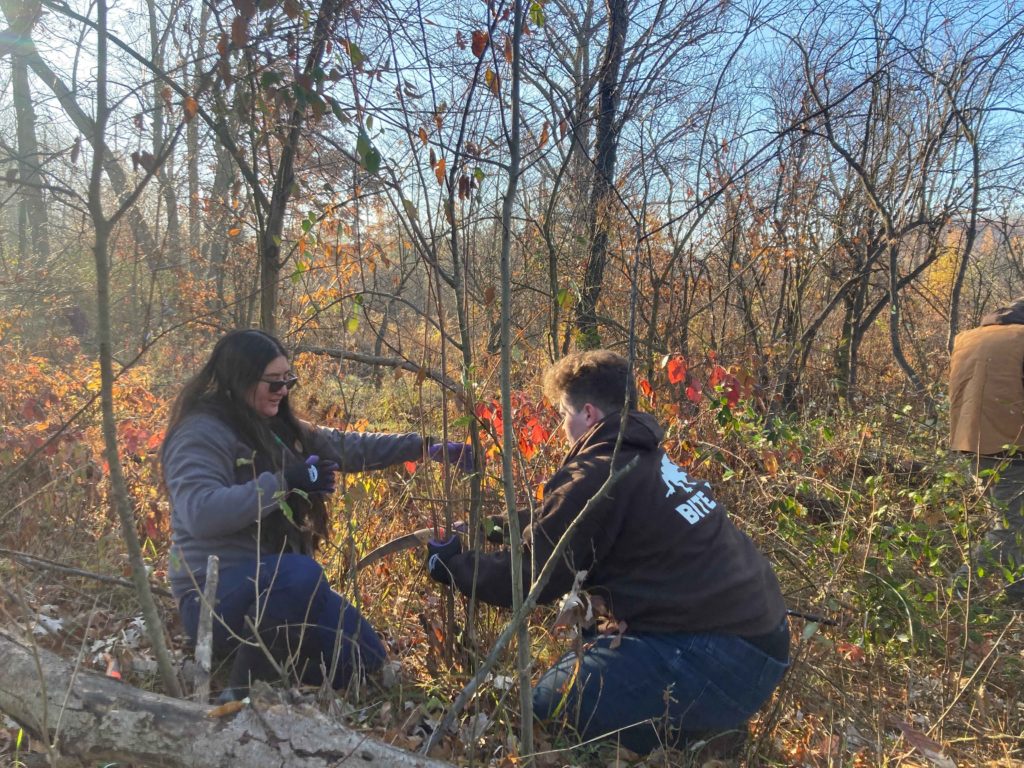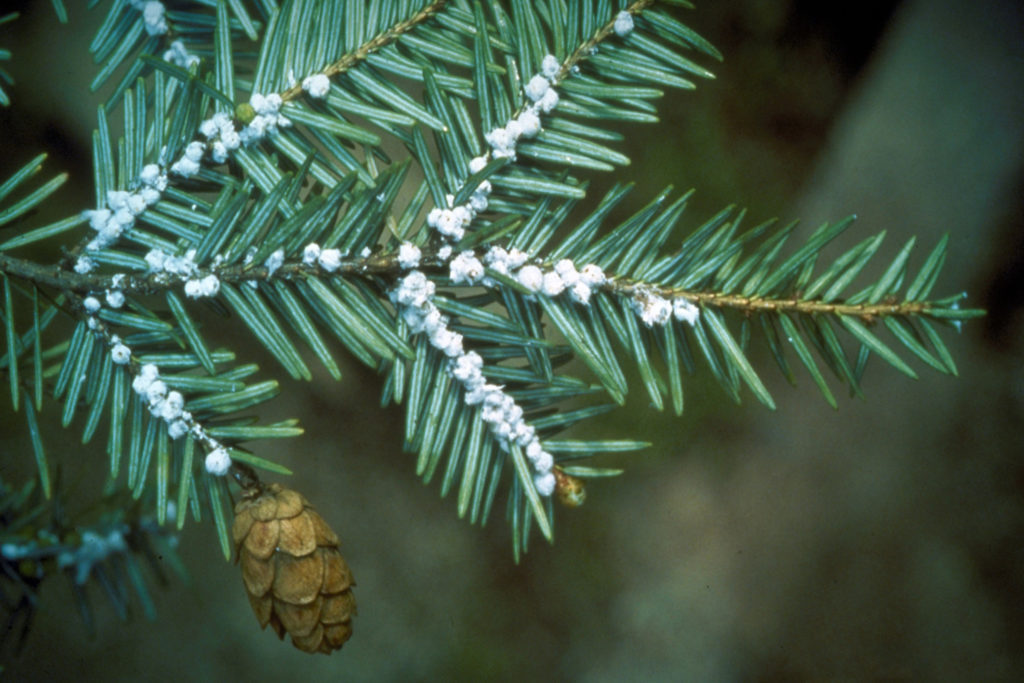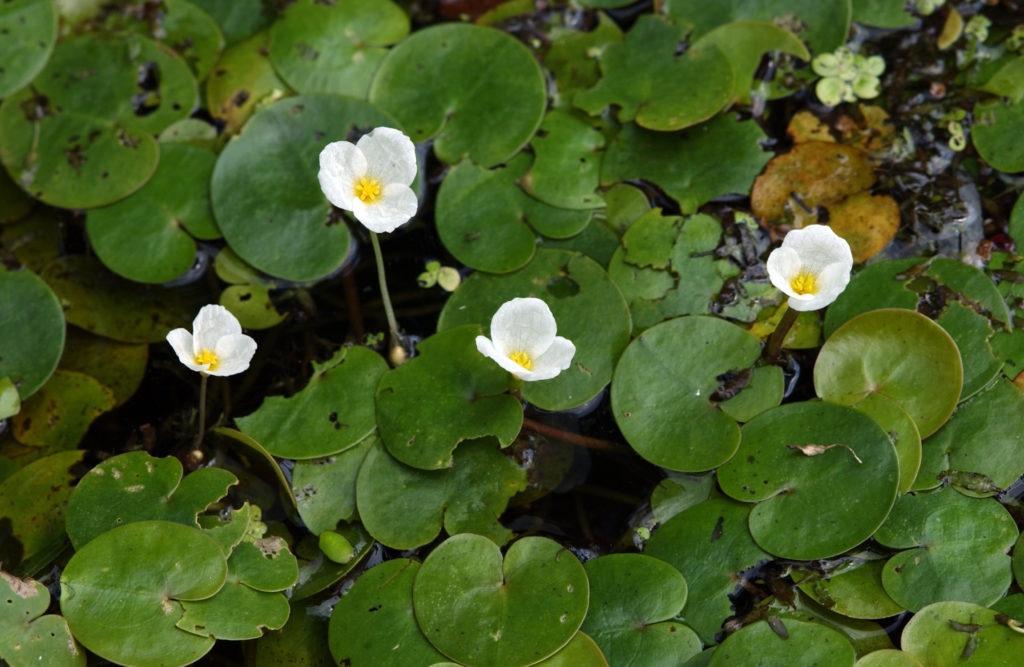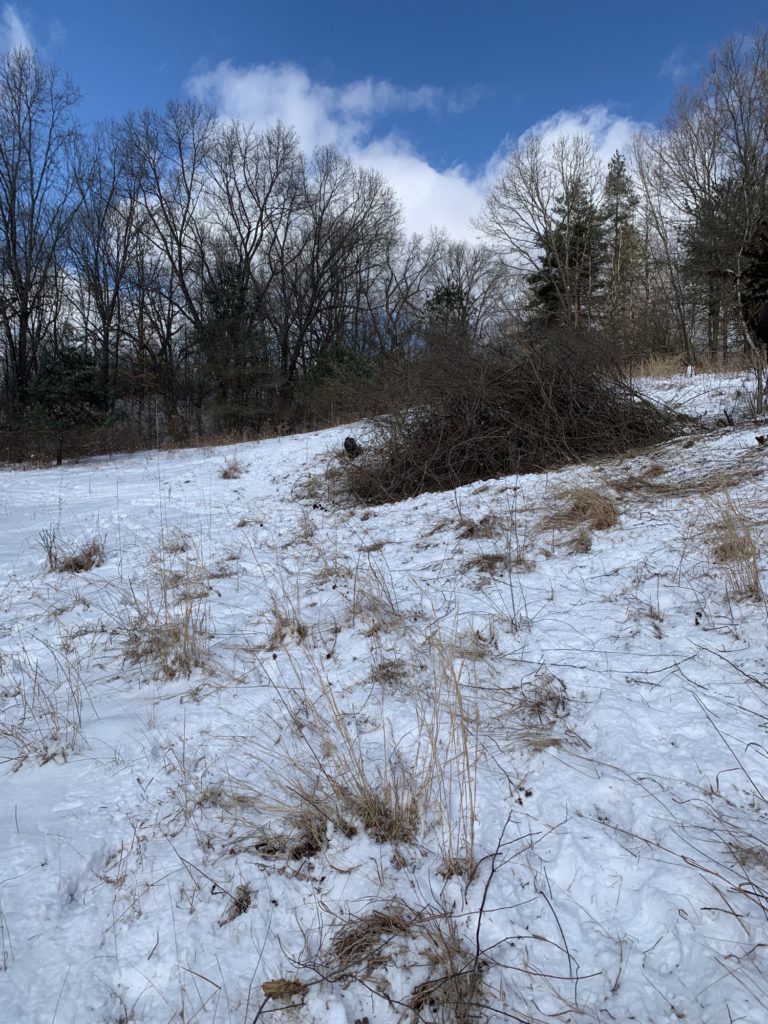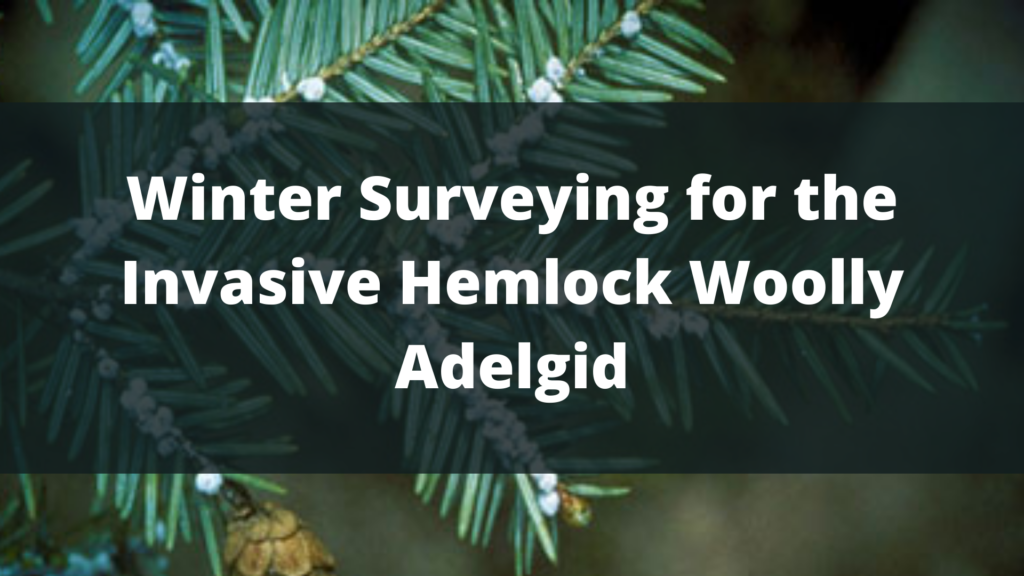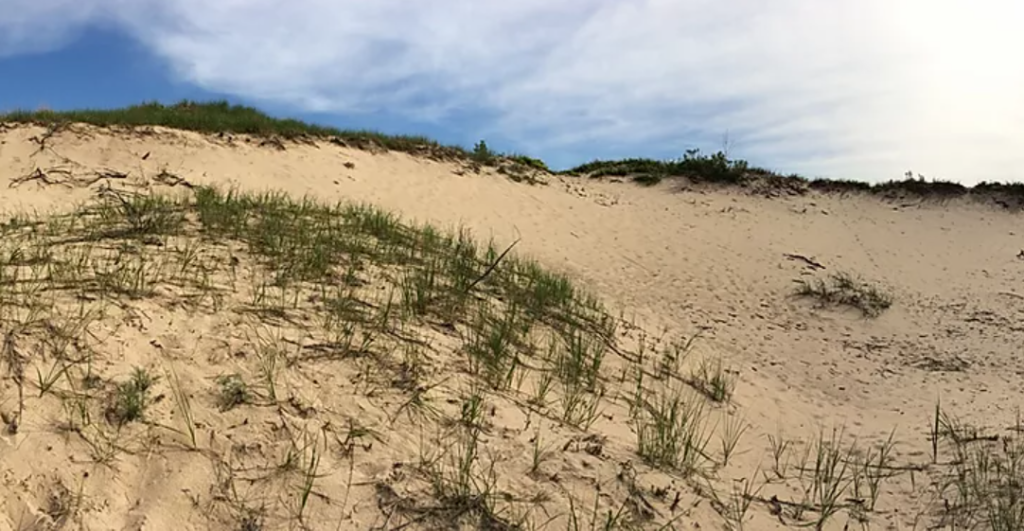Invasive Species
Help Remove Invasive Buckthorn with On the Ground Next Weekend in Kalamazoo County!
On Saturday, September 9, 2023, OTG will be co-hosting a stewardship work day with the Michigan Department of Natural Resources and the City of Portage Parks and Recreation Department at Gourdneck State Game Area in Kalamazoo County. Our goal is to remove invasive buckthorn from a unique prairie fen habitat. Invasive buckthorn is a woody…
Read MoreInvasive Species Spotlight: Invasive Hemlock Woolly Adelgid
A new location of invasive hemlock woolly adelgid has been found in Benzie County, 50 miles north of what was believed to be the northern edge of infestation in Mason County. The U.S. Department of Agriculture Animal and Plant Health Inspection Service confirmed that a sample taken from the site was positive for hemlock woolly…
Read MoreResources for Understanding Invasive Gypsy Moths
Gypsy moth caterpillars are an invasive species that negatively impact the health of many species of trees. In the past week, an abundance of information has been published by many sources about the gypsy moth. Such information includes its introduction and range, its impact on trees such as oak and aspen, and what can be…
Read MoreMUCC Receives Funding for Aquatic Invasive Species Awareness
MUCC is happy to announce that they are one of seven projects that received funding to educate boaters, paddlers, anglers and waterfowl hunters on aquatic invasive species. In partnership with the Michigan Clean Boats Clean Waters program and EGLE, through funding from a Great Lakes Restoration Initiative grant, MUCC is excited to help spread the…
Read MoreGreat Volunteer Opportunities!
Serving with Michigan United Conservation Clubs as the Huron Pines AmeriCorps member, my favorite responsibility is working with the volunteers that come out to help with MUCC’s Field programs. This past Sunday, I was able to get outside and volunteer with the Parks and Recreation Division of the Michigan Department of Natural Resources (MDNR) at…
Read MoreNotMISpecies Webinar: Hemlock Wooly Adelgid
On Friday, January 22nd, I attended a fascinating installment of the NotMISpecies Webinar series. This series is being put on by the Michigan Invasive Species Program, an effort coordinated between the Department of Environment, Great Lakes, and Energy (EGLE), Department of Natural Resources(MDNR) and the Department of Agriculture and Rural Development(MDARD). The most recent webinar…
Read MoreSurvey Your Hemlock Trees for Invasive Hemlock Woolly Adelgid This Winter
After recent news of the northward spread of invasive hemlock woolly adelgid (HWA) to Ludington State Park, it is more important than ever before that hemlock trees on public and private property are checked for the invasive insect. According to the Michigan Department of Natural Resources (MDNR) and the Michigan Department of Agriculture and Rural…
Read MoreEuropean frog-bit is invading, you can help stop the spread
Guest Author Paige Filice- MSU Extension Natural Resources Educator Urgent action is needed to stop the spread of invasive European frog-bit in Michigan. European frog-bit is a free-floating aquatic plant that thrives in slow-moving waters with little to no wave action and wetland areas with vegetation like cattails and phragmites. It was recently discovered in…
Read MoreSpotted Knapweed Removal at Kitchel-Lindquist-Hartger Dunes Preserve!
On The Water (OTW) has partnered with the Kitchel-Lindquist-Hartger (KLH) Dunes Preserve for a volunteer invasive species pull! Founded in 1971, the KLH Dunes Preserve consists of 115 acres of a freshwater dunes ecosystem, and it is managed with the mission of “site restoration, stewardship, land protection, and education”. On Saturday, July 25th, volunteers will…
Read MoreOTW is coming to the west coast!
On the Water is coming to the west coast of this great mitten state! On July 25 OTW is partnering up with Kitchel-Lindquist Dunes Preserve to pull the invasive species Purple Loosestrife. Invasive species are organisms such as plants, mammals and invertebrates that are not originally from the location that they are found in. That…
Read More
